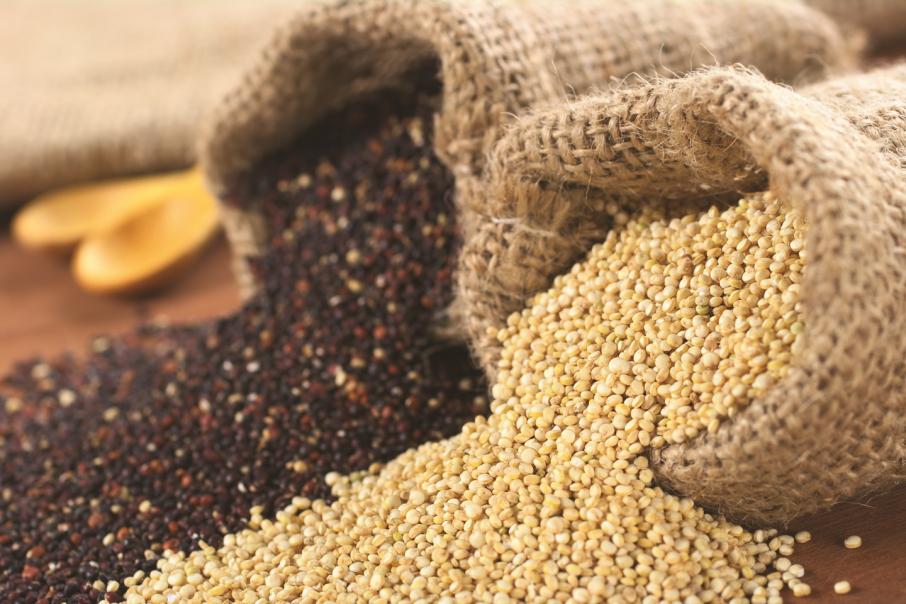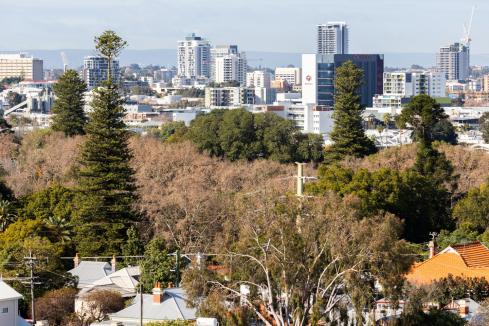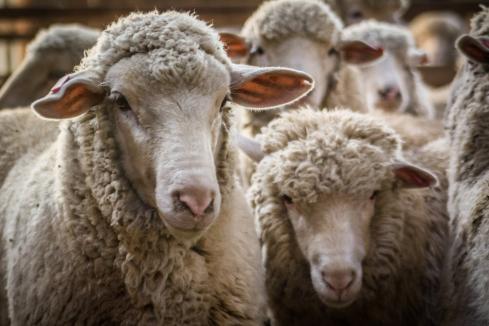Don’t let the science get ahead of market realities.


The agricultural industry, especially grains, has been focused on productivity for many decades. We need to grow more and harvest faster. Is growing more the answer to profitability?
Growing more grain is morally the right thing to do for society.
The world’s population has grown from 4.5 billion in the mid-1980s to 7.6 billion at present.
These new mouths all need to be fed, and grain is the principal food source for many.
Legions of farmers and scientists have stepped up to the plate and ensured the world’s needs have been met.
Productivity gains have been substantial, with Australian yields, for example, up by an average 65 per cent in the 2010s on 1980s figures.
The world is sitting on the largest stockpile of wheat in history.
If the planet produced no wheat next year, the pantry is full enough to meet the demand for nearly six months.
In terms of human wellbeing, this is clearly a fantastic outcome.
That being said, when inflation is taken into account, the prices received by farmers have been in constant decline since the 1970s; a victim of their own success, requiring farmers to become more efficient and grow more.
Those who cannot learn from history are doomed to repeat it.
In the 1930s, farmers in Australia were struggling with low commodity prices.
The government of the day had the brainwave of starting the ‘Grow more wheat’ campaign. This encouraged producers to grow wheat with a guaranteed minimum price (48 pence per bushel).
And grow they did.
Logic dictates that, if you grow more in an oversupplied market, you end up with lower prices.
In the end, the government was unable to fund the bounty and ended up paying 20 pence per bushel, resulting in approximately 20,000 farmers being forced off the land.
Let’s move forward to the present day, and although intervention in markets is a thing of the past, the pursuit of ever-increasing production gains remains a key focus.
Let’s look at two examples of potentially hazardous planning when it comes to marketing.
The growth of both the population and wealth of the Indian subcontinent has resulted in solid demand for lentils.
This demand led to new varieties being introduced, with high-yielding seeds being released and extensively grown.
The newest of these, Hallmark, performs exceptionally well when it comes to yield; however, it hasn’t married up with marketability.
Lentils are traded mainly on visual characteristics, and two types – Nugget and Nipper – are the shape, colour and size the market wants.
The problem is that the new Hallmark variety has difficulties meeting the characteristics required by the market.
A product that is off-specification gets discounted, and this is occurring with Hallmark.
The full extent of any discounting will not be known until later in the year.
Meanwhile, demand remains strong for quinoa, which, despite its superfood status, remains a niche product.
Last week, the Department of Primary Industries and Regional Development released a technical dossier on a new government-funded quinoa variety.
While growers previously have been restricted to growing quinoa on a contract basis, this new variety designed for Australian conditions will be available on the open market.
Australia can grow large volumes of this ancient and lucrative grain.
The question is, how much demand is there?
Firstly, some insights into quinoa production.
It is primarily produced in South America, in Bolivia and Peru.
At the start of the decade, these two nations grew around 180,000 metric tonnes.
In 2018 they produced 350,000 metric tonnes.
The reason for this growth is due to demand increasing prices.

However, therein lies the problem in these two nations.
The price increases encouraged growers, resulting in too much production.
Supply exceeds demand and prices fell dramatically, albeit remaining stronger than pre-Western interest.
If we cultivate quinoa in a big way, do we damage the global supply-demand equilibrium?
If 50,000-100,000 metric tonnes of quinoa was to be grown, a minuscule amount compared to the 29 million metric tonnes of wheat we are forecast to grow in 2020, it would cause quinoa prices to fall dramatically.
These are two examples where well-meaning science and agronomics is rushing ahead of the market, and could have a detrimental impact on the ability to reward growers.
Growing more doesn’t always equate to better margins.
We need to ensure that science is not running ahead of the market potential.
Let’s remember when we tried to outgrow poor prices.
Andrew Whitelaw is a manager of commodity market insights at Thomas Elder Markets (TEM)














